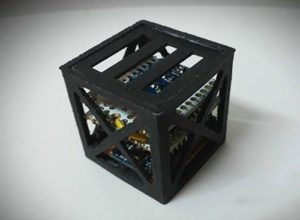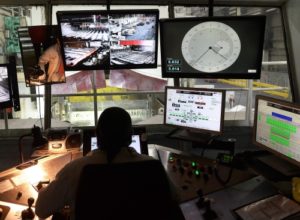Engineering and MBA have become the main stream of courses that most of the students desire. However, they do not offer the worth as their name suggests. Recently, a survey of MBA and Engineer students, identified that only 7% of the MBA and engineering students are employable. The rest, if placed, earn less than ten thousand per month. These traditional courses have been affected a lot in the global market. The students are greatly discouraged due to such stats.
The End of Traditional Courses
A faculty of IIM, Varsha Khander, said “Yes, many streams in engineering, such as Mechanical Electrical, and Chemical have reached a point of stagnation. There are very few jobs in the market, and they are not very exciting. Traditional MBA has also reached its tipping point. There is a clear mismatch in the demand and supply. Students are looking for fresh courses that will rule the job market in the coming years”. Thus, students are shifting from traditional to unconventional courses. “I want to perhaps study Spa Management, let’s see who offers that. Or else, have to move abroad,” says, Vinith Kumar, a student of a Top International.
New Unconventional Courses
Some institutions have lately gained awareness for the demand of unconventional subjects. For example, iNurture in Bangalore has partnered with Golden Valley Education Trust and Europe’s Galileo Educational Network to provide new-age global programs to Indian UG and PG students. The programs help the student to pursue global careers such as
-
Sports Management
-
Luxury Management
-
Tourism
-
Hospitality Management
-
Cartography
-
Anthropology
-
Tea Tasting
-
Art Restoration
-
Puppetry
-
Design
-
Digital
MBA degrees in these courses is not only exciting, but they also have a lot of opportunities. They are the youth courses for the new age youth. Dr. T Venkat Vardhan, Founder of DNA Entertainment Networks Pvt Ltd. believe that the future of education is in the hands of such courses. He says, “The vocational, allied and technical disciplines need to be paid attention, and through Golden Valley Education Trust, I am trying to do that.”
Keys to Nailing your Engineering Job Interview
Job Interview is the worst nightmare for all the Engineering students. It haunts every student right from the beginning of the final semester. So to help the students and to make them fearless about interviews we have curated a list of interview tips. Read the tips given below to nail your engineering interview.
- Never miss building a rapport. Create an excellent First Impression with a firm handshake and eye contact with the interviewer. It signifies confidence and professionalism.
- Acquire all the information about the applied Job position. Learn about the job roles and the key skills required for the same. It will help you navigate the interview.
- Know your company. Gather maximum information about the company including its product, press release, partners, affiliations, etc. This background research will help you nail the interview.
- Be well versed with your CV. The interviewer may ask you anything from your CV, so make sure every information present in the CV is justifiable.
- Never miss the fundamental learning. Interviewers usually ask questions from the engineering basics. Make sure you are well acquainted with the fundamentals.
- Don’t hesitate to talk. Communication skill is an important parameter for evaluation in a job interview. So keep the conversation alive with sensible discussions.
- Always ask questions. It will give an impression of vigilance.
All the engineering students and graduates must follow these key tips to nail their upcoming job interviews.
Image courtesy: http://www.graebert.in || http://www.novavita.pl || http://www.ainonline.com || http://www.koha.net || https://www.ashland.edu || http://chtms.bharatividyapeeth.edu || https://streetsofsalem.files.wordpress.com || http://www.palermomania.it || http://pm1.narvii.com || http://p1.pichost.me || http://technogroupsinfotech.in/|| https://s-media-cache-ak0.pinimg.com








